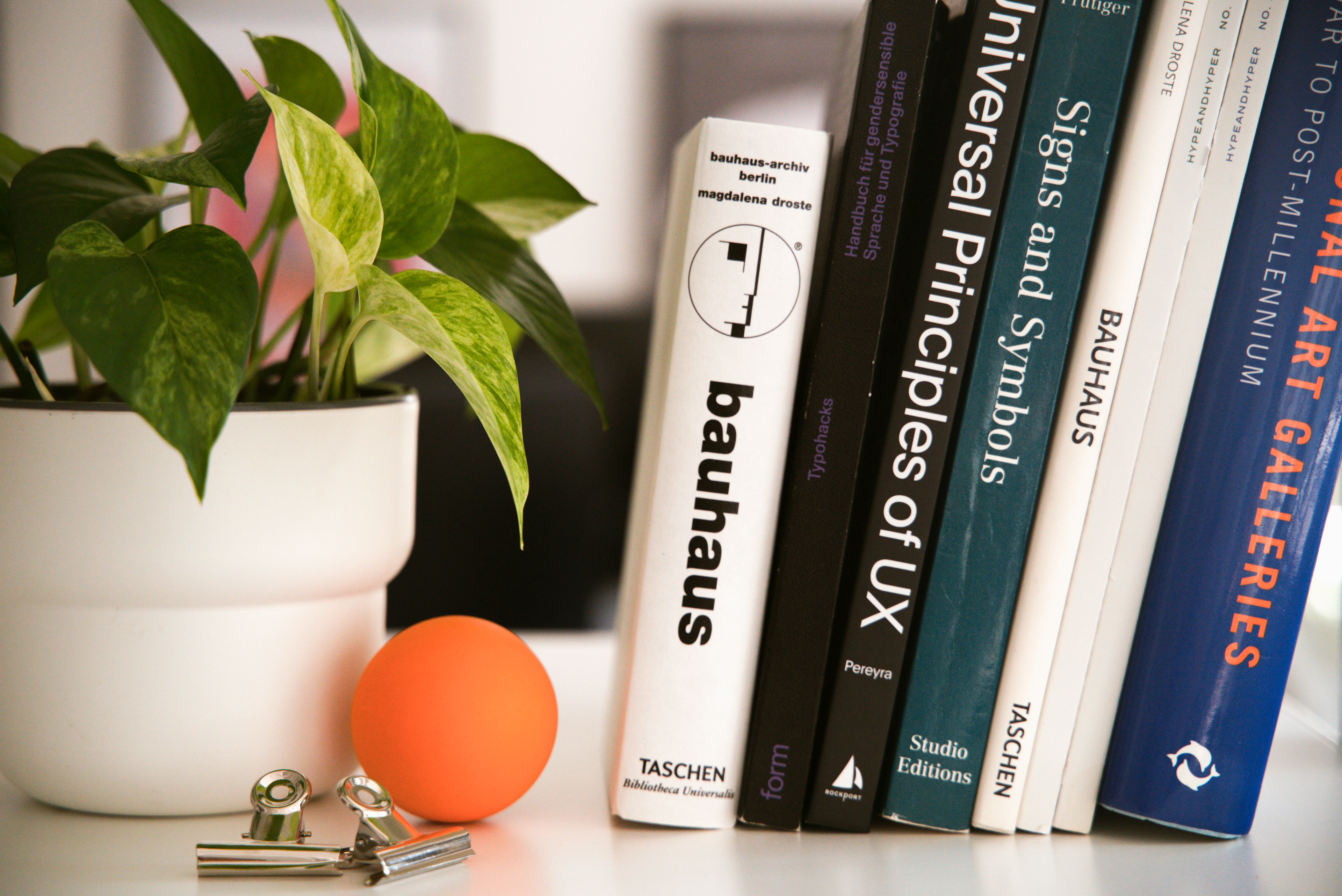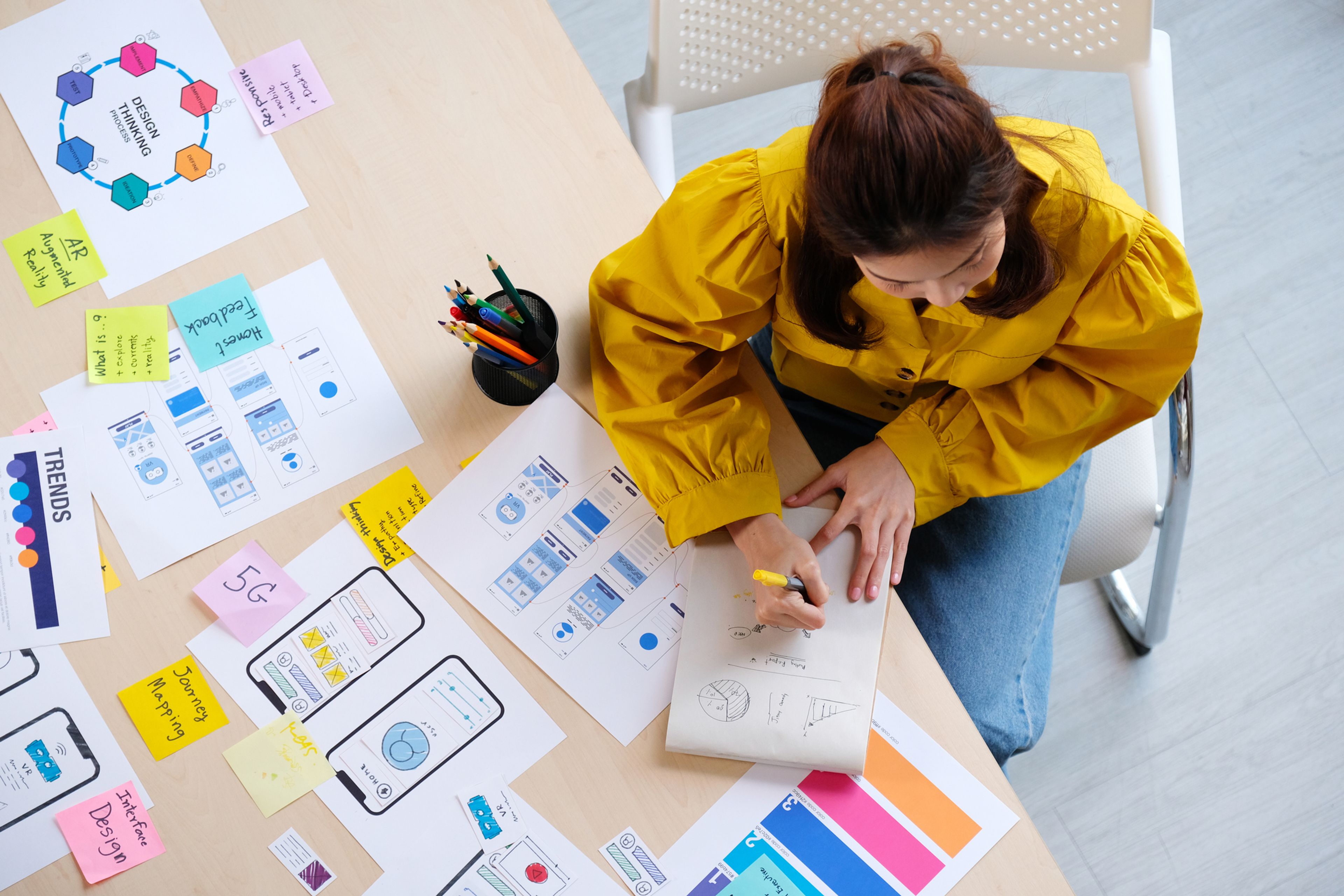In this age of technology, where products are inclined towards user-centered design, user experience (UX) has become the most crucial aspect that must be included in the design of web-based products.
Given the changing technological needs of the users, every business must appreciate the relevance of acquiring design skills, which include UX design.
Understanding cognitive psychology principles can enhance design effectiveness by aligning with users' mental processes, thereby improving user experience and decision-making.
This skill will always remain in demand among designers, developers, and investors. Such books are essential in the lives of future designers as they help them know how things should be done, the best approaches in practice, and the history of user-centered design.
They will learn the basic principles and theories along with the case studies illustrated in these books and prepare themselves for entering the nutshell of UX crouched in competition.
Selection Criteria
The context of the best UX books for upcoming designers in the year 2024 should be informative and relevant. The following factors should be considered while compiling the list of the best UX books for non-designers when preparing the list: Not all books.
It is very important that the books deal with issues that are fashionable at the moment. In other words, the books must have new concepts for tackling innovative problems that exist in modern UX designs.
The authorship of the materials is of paramount importance. There are works prepared by people in the industry or by those considered to be experts on the subject.
Source: dijitaldefund

Reviews and ratings offer information on the book’s effectiveness and performance in real-world circumstances, such as how it has performed since its publication and whether it has been met with favorable or adverse reviews.
Practical applicability is critical; intending creators appreciate books that outline the theory but also provide practical techniques, case studies, and practical advice that can be easily utilized in practice.
Top 10 Books List
As we explore the leading UX books for aspiring designers in 2025, each selection has been meticulously chosen to provide valuable insights and practical knowledge.
These books encompass foundational theories and methodologies and reflect the latest trends and innovations in user experience design. Design thinking is crucial in understanding user behavior and improving design processes, making it an integral part of innovation in UX.
Whether you are a novice beginning your journey in UX or an experienced designer seeking to enhance your skills, these books will help you navigate the ever-evolving design landscape. Let’s examine each title and uncover the unique perspectives they offer.
"Don't Make Me Think" by Steve Krug
Overview: This fundamental text on web usability emphasizes the basic necessity of easy-to-understand designs that require zero degrees of cognitive load from users.
Clearly, Krug firmly believes in a user-centric approach and makes designers critically think about how the users will behave while using their designs, incorporating insights into human behavior to enhance usability.
He offers solutions such as running usability tests in addition to regular navigation to improve the attributes in the design and to make the design more efficient in enhancing user experience.
Key Takeaways: Feedback and user testing are done, then the design is influenced by the aforementioned behavior to make appropriate decisions, and finally, navigation systems that cut across the site are established. These are basic principles for any web-based design.
Relevance for 2025: Since digital space is constantly changing, it is important to note that Krug’s information is still necessary to retain simplicity of use and stay within the boundaries of users’ needs with websites and applications.
Source: blog.uxfol
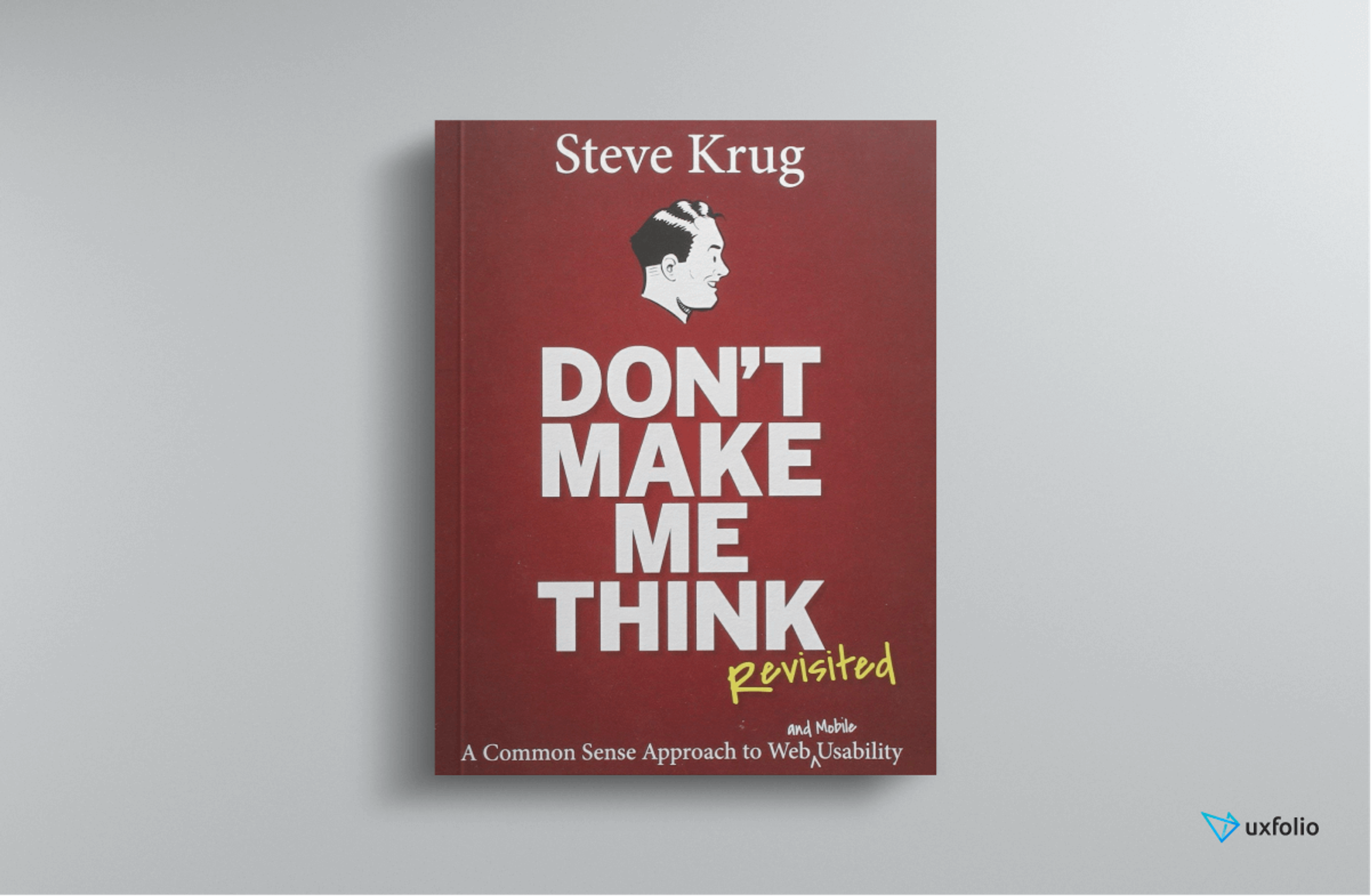
"The Design of Everyday Things" by Don Norman
Overview: This linear approach has been criticized. Norman's top-notch text is centered on design psychology, with a well-ordered plan detailing the interaction between the user and the tangible and the interface with the intangibles.
He is passionate about beautiful designs that work for the user. By analyzing the mental activities of the users, Norman explains the significance of good designs and even better feedback provisions to the users.
Key Takeaways: We should focus on usability as a design principle, comprehend the need to offer feedback, and create designs that are visually appealing while still being functional.
Relevance for 2025: Understanding how people use smart appliances and smartphones will become even more important, especially as smart devices and interfaces become more common.
Source: nngroup
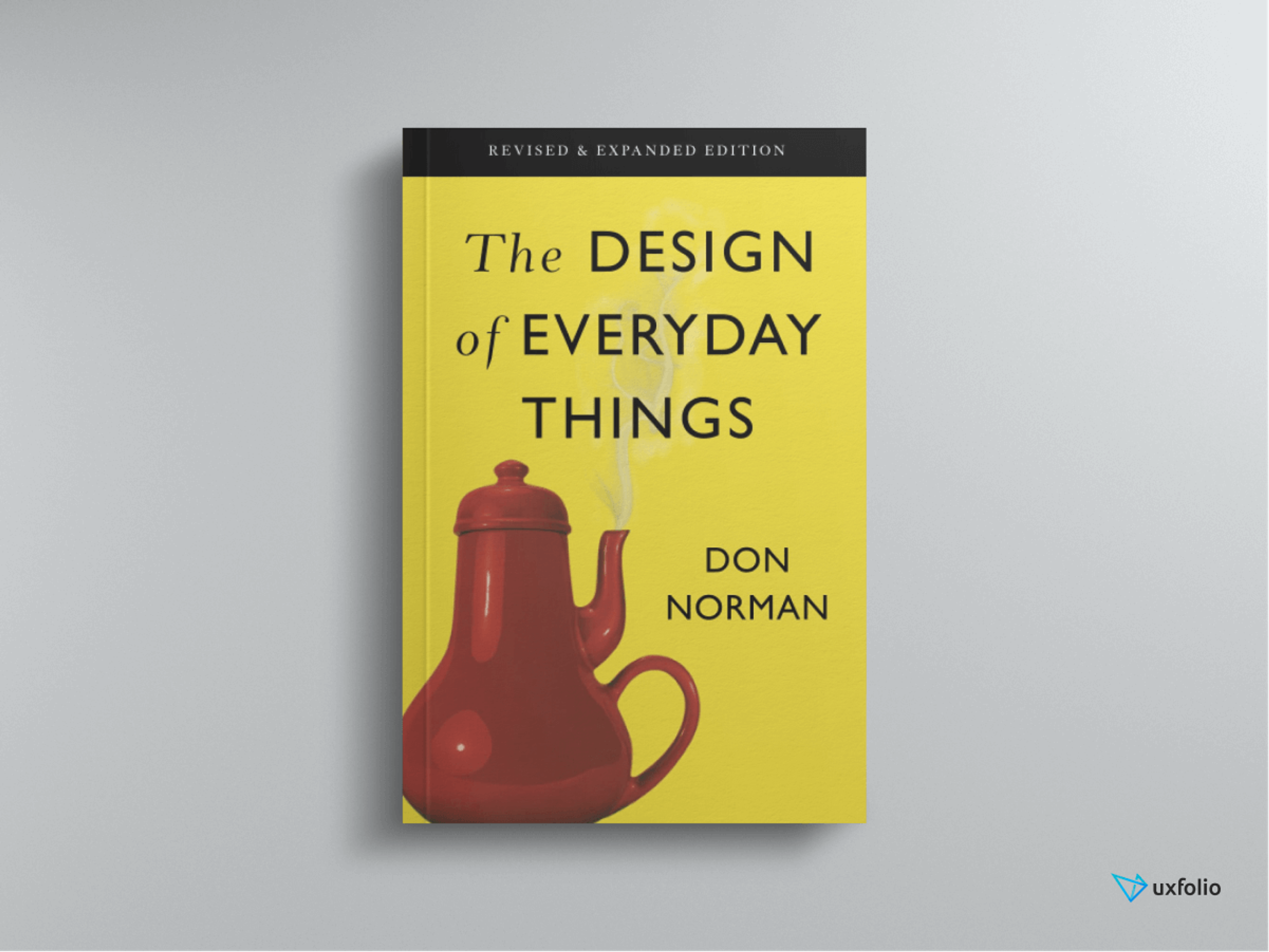
"Designing Interfaces" by Jenifer Tidwell
Overview: This book is a holistic and operational encyclopedia with a wide variety of interaction design patterns. It is a huge benefit to those who work with software or web interface design, particularly in creating user-friendly and effective digital user interfaces for modern digital platforms.
In this regard, Tidwell offers many patterns that help solve common usability problems, making it easier for designers to make quality design decisions.
Key Takeaways: Employing a design pattern toolbox can help resolve some common usability problems and help the designer more adequately manage the usability of the designed interface.
Relevance for 2025: While new ways of interaction such as voice and gesture control are becoming popular in design communities, Tidwell’s templates help designers create flexible designs to meet the needs of different clients.
Source: studylib

"Sprint: How to Solve Big Problems and Test New Ideas in Just Five Days" by Jake Knapp, John Zeratsky, and Braden Kowitz
Overview: Businesses are generally conservative outside the particular instance of radical innovation where significant organizational changes are necessary to bring a new offer to the market.
This book provides a step-by-step blueprint to handle tough challenges, pay attention to them, and test new ideas, showing that, at times, an unconventional, fastidious approach to product design and development and all the problem-solving is possible.
The authors are professional product designers with a wealth of experience from Google Ventures and present their primary ideas on how it is possible to powwow and swiftly work on iterations that are likely to change the patterns of interaction in a highly productive environment.
Key Takeaways: Learning to prototype or test almost any idea can speed up the design stage, lessen the possibility of shortcomings, and create effective collaboration among team members, thus enabling better results after product development.
Relevance for 2025: In the rapidly spreading business sectors and cutthroat competition climates, improving concepts and bringing result-oriented new ideas in the shortest time possible becomes a requisite in designing user experience and product solutions.
Source: thesprintbook

"The Elements of User Experience" by Jesse James Garrett
Overview: Aligning strategy with design, designing media and delivery systems, and defining what the user experiences, Garrett presents for the first time a detailed model that addresses ‘Everything Except the User Interface.’
This framework allows designers to know the elements in a user experience design process, including user interface design, and control such design elements to ensure that they are all consistent with the design objectives of the particular phase of the design process.
Key Takeaways: Understanding how to appropriately investigate each component as stylistic devices C1- C4- strategy, structure, skeleton, and surface allows building a robust and user-friendly experience.
Relevance for 2025: As digital experiences evolve to a broader and more diverse television viewing experience, this framework helps designers remain coherent and consistent across all user engagements.
Source: blog.uxfol

"100 Things Every Designer Needs to Know About People" by Susan Weinschenk
Overview: This informative book condenses decades of research in psychology into concepts and principles that may be applied in the design process to help understand user behavior and users' thought processes.
The activity investigates the effects of cognitive biases, perception, memory, and motivation in utilizing products and interfaces, which is aimed at helping the designer gain a more accurate understanding of his audience’s thought processes.
Key Takeaways: Memory, attention, and motivation are human factors that are critical determinants of how successful the designer’s projects will be. Consequently, designers can design enjoyable experiences and help achieve the intended purpose.
Relevance for 2025: Given the increasing use of technology in day-to-day activities, embracing psychological principles in the design remains integral in creating enjoyable and user-friendly designs that appeal to the target users.
Source: orielly
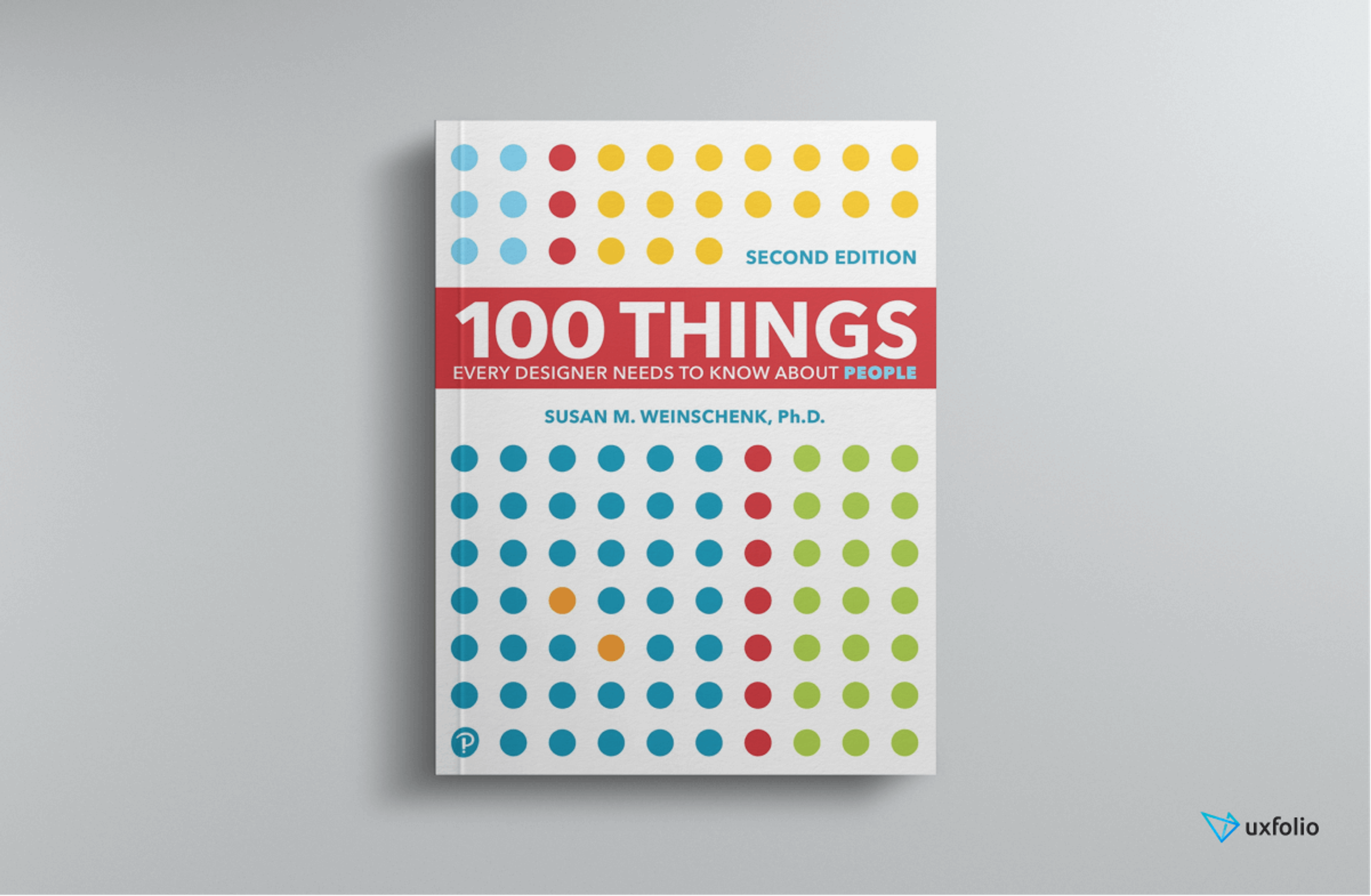
"A Project Guide to UX Design" by Carolyn Chandler and Russell Wilinski
Overview: This book provides readers with knowledge of all the steps of the process of UX design, beginning with the initial user research and ending with the completed project. It is an essential resource for any UX designer looking to enhance their skills and collaboration techniques.
It stresses taking practical measures to manage design projects effectively without losing focus on the users. There is also a section that provides suggestions aimed at enhancing teamwork and communication.
Key Takeaways: Adopting a systematic approach to UX design improves the likelihood of project success and increases collaboration between different individuals involved. It also highlights the role of empathy and the ability to think of users in the design process.
Relevance for 2025: As UX design becomes more integrated into general business operations, project management can be regarded as a critical skill emerging designers must possess to achieve the intended focus of combining business and user needs.
Source: projectuxd
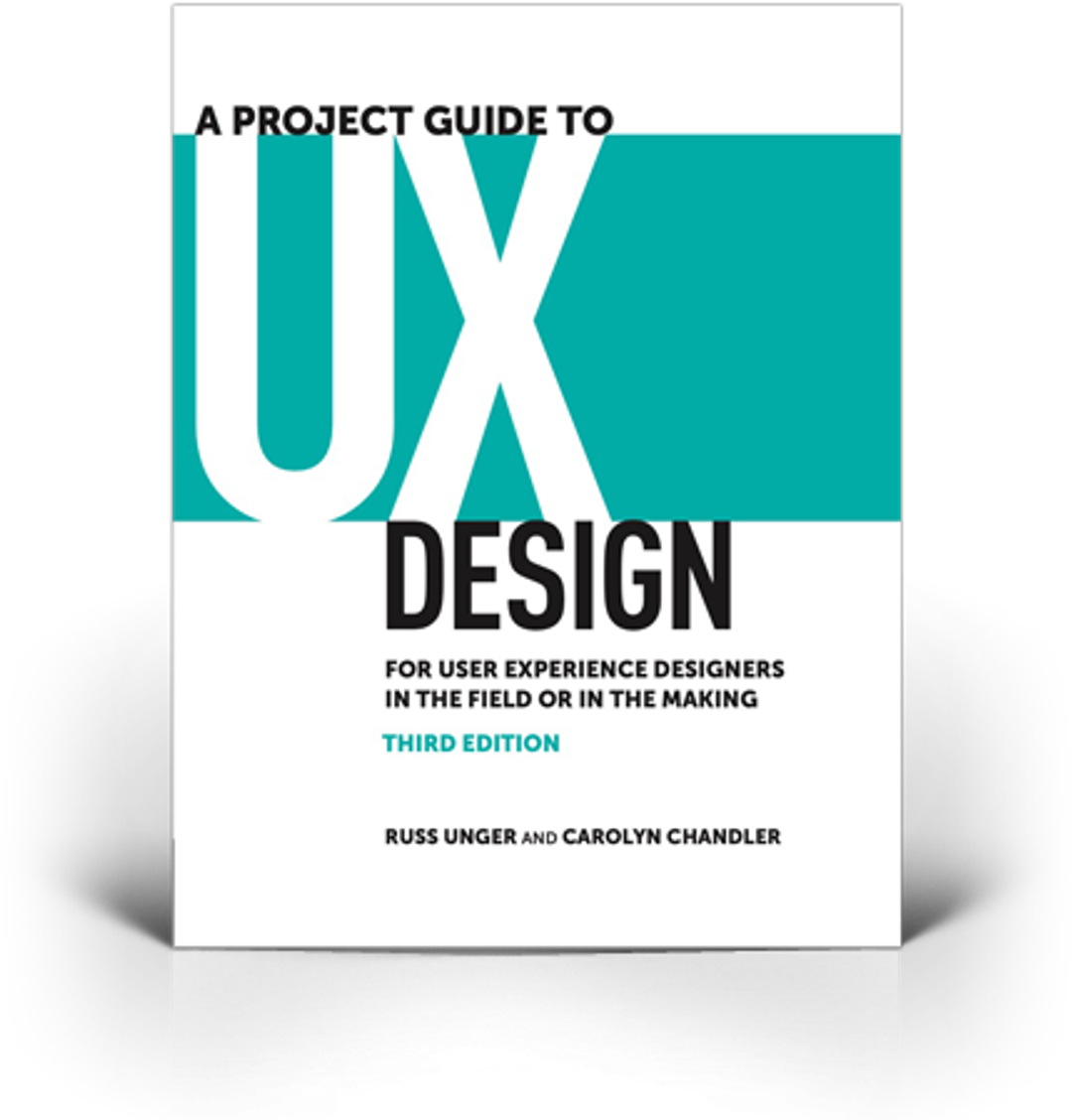
"Lean UX: Designing Great Products with Agile Teams" by Jeff Gothelf and Josh Seiden
Overview: "Lean UX" examines the use of Lean methodologies in the UX design process. It focuses on rapid prototyping, iterative design, and constant user interaction within the agile team. This helps the design team test concepts sooner rather than later and adjust to new changes.
Key Takeaways: Naturalistic, agile strategies for enhancing user experiences, mainly when things move very fast, depend on the unit's capacity to work collaboratively and remain flexible. Lean UX promotes understanding and learning through everyone's participation.
Relevance for 2025: Given that more organizations are embracing agile frameworks to enhance their ability to innovate and respond to changes, Lean UX principles will shape the understanding and practice of UX designers thriving in such settings.
Source: leanuxbook

"About Face: The Essentials of Interaction Design" by Alan Cooper
Overview: The authors have successfully developed guidelines for the development of technology and interactions within the relationship. In the future, the information in this section will focus more on how interaction design should influence the user's goals rather than what technology can do.
Key Takeaways: The book makes recommendations on how user goals and needs should be prioritized during the design process. It includes critical aspects that every designer should observe to ensure that they develop designs that are easy to use and understand.
Relevance for 2025: However, with the fast expansion of digital technology, it has become clearer that designers must return to the basic tenets of principles in interaction design to avoid losing users.
Source: kobo

"Designing for Interaction: Creating Smart Applications and Clever Devices" by Jenny Preece, Yvonne Rogers, and Helen Sharp
Overview: The book explores the synergy between design and technology, emphasizing the design of interactive systems with great effectiveness and ease of use.
It explores the various design methodologies and theories in the market, giving the target market an appropriate structure for those who continue in the industry of digital asset creation.
This is a tip for enhancing user experiences, and the book proves to be relevant for designers due to the blended focus on the application and the theory.
Key Takeaways: Effective user engagement is fundamental in application design and helpful in creating applications that relate well to users’ expectations. The authors stress the importance of evolutionary design and the necessity of the end users at every stage of the design process.
Relevance for 2025: Today, it is becoming harder to ignore interaction design principles as they are changing quickly, and technology is increasing. Thanks to these skills, such designers will be able to meet all user demands today and identify new developments in users and technologies.
Being able to do this will be important when creating advanced solutions for the digital world in 2025 and beyond, as people will be able to create solutions for technological advancement and an ever-changing market.
Source: libcats
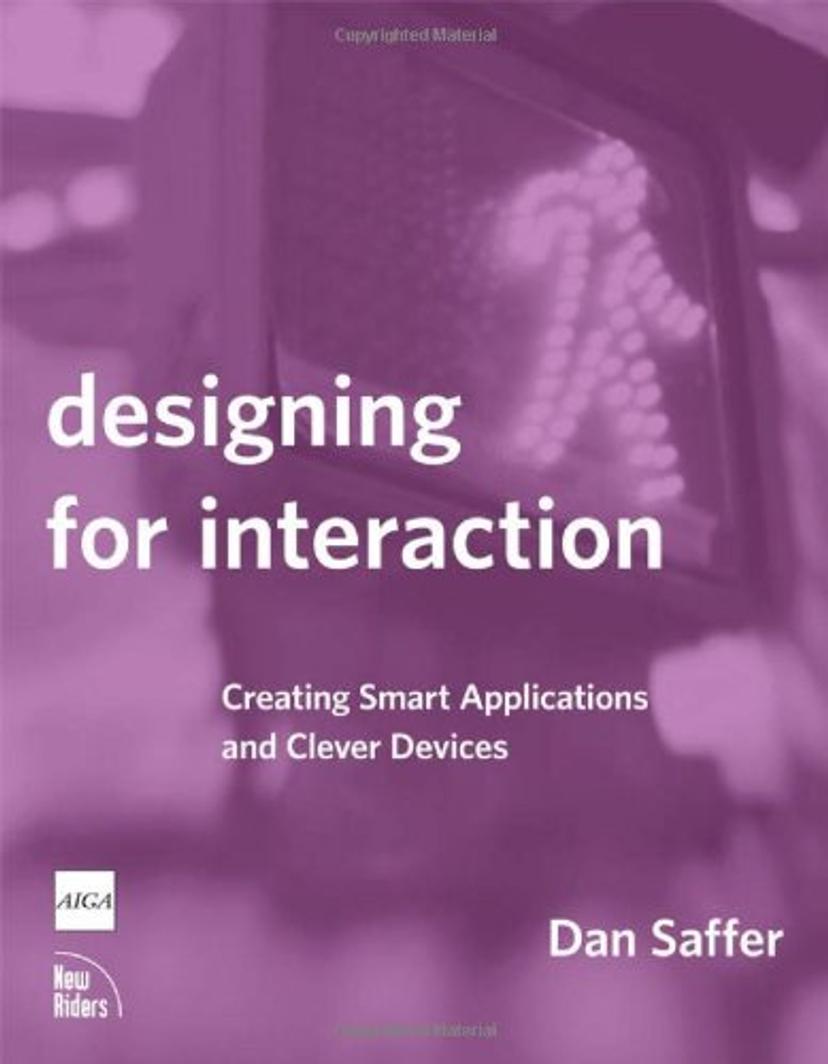
Categorization of Books
The categorization of design books is essential for guiding practitioners at different stages of their careers and addressing specific interests within the vast field of user experience.
Beginner-friendly books serve as accessible entry points, offering foundational knowledge and basic design principles while focusing on practical applications.
Advanced concept books delve into complex ideas and theories, catering to experienced designers seeking to refine their skills and expand their understanding of nuanced topics.
Specialization books target specific areas of design, such as mobile UX or web design, providing in-depth insights and best practices tailored to the unique challenges and opportunities of these fields.
By categorizing literature this way, designers can more effectively select resources that align with their current needs and aspirations, ultimately enhancing their professional development and design capabilities.
How to Approach Reading These Books
To use these unique design books and make the most of the entire learning experience, try reading the more accessible books first and following the reading list in the proposed order.
This gradual increment of the learning curve involves starting with basic concepts, moving towards programmatic, and then moving to specialization.
It is beneficial, especially if one begins with reactionary books, to create a suitable context of primary concepts before going on that one theory or working with advanced practices.
Moving on, you will slowly ease into advanced areas, including interaction design, user research, and usability testing. Following this process, comprehension is enhanced, and complexity is approached so one doesn’t feel like drowning.
Source: Akwatoria

Pair practical exercises and projects with the content relating to these books and aim for their reinforcement. For instance, imagine you have finished reading a chapter dedicated to visual hierarchy. Now, you have to implement the learned materials in a design project.
Engage with the world and try the various design strategies to appreciate the value of what you have. Additionally, consider integrating UX writing exercises to understand its role in the overall user experience and design workflow.
Furthermore, participate in any forums or other online social networks concerning UX design to exchange information and experience relative to the subject matter. These resources are significant for networking and provide the opportunity to see different points of view.
So, when you try to do something you have learned and request criticism, you will expand your knowledge and improve your dietary unit design skills. This is the way of life. Assimilate it, and you will be ready to leap into the exciting design world.
Read More:
Conclusion
In the ever-evolving field of UX design, the importance of continuous learning cannot be overstated. As technology advances and user expectations shift, staying informed about the latest trends, methodologies, and best practices is essential for professional growth.
By engaging with a variety of resources, including the recommended books, designers not only deepen their knowledge but also hone their skills and adaptability.
It's vital to encourage a mindset of curiosity and exploration—read widely, experiment with new ideas, and seek out diverse perspectives. Embrace the journey of learning beyond this list, as doing so will empower you to tackle the dynamic challenges of the design world with confidence and creativity.


About Clay
Clay is a UI/UX design & branding agency in San Francisco. We team up with startups and leading brands to create transformative digital experience. Clients: Facebook, Slack, Google, Amazon, Credit Karma, Zenefits, etc.
Learn more

About Clay
Clay is a UI/UX design & branding agency in San Francisco. We team up with startups and leading brands to create transformative digital experience. Clients: Facebook, Slack, Google, Amazon, Credit Karma, Zenefits, etc.
Learn more